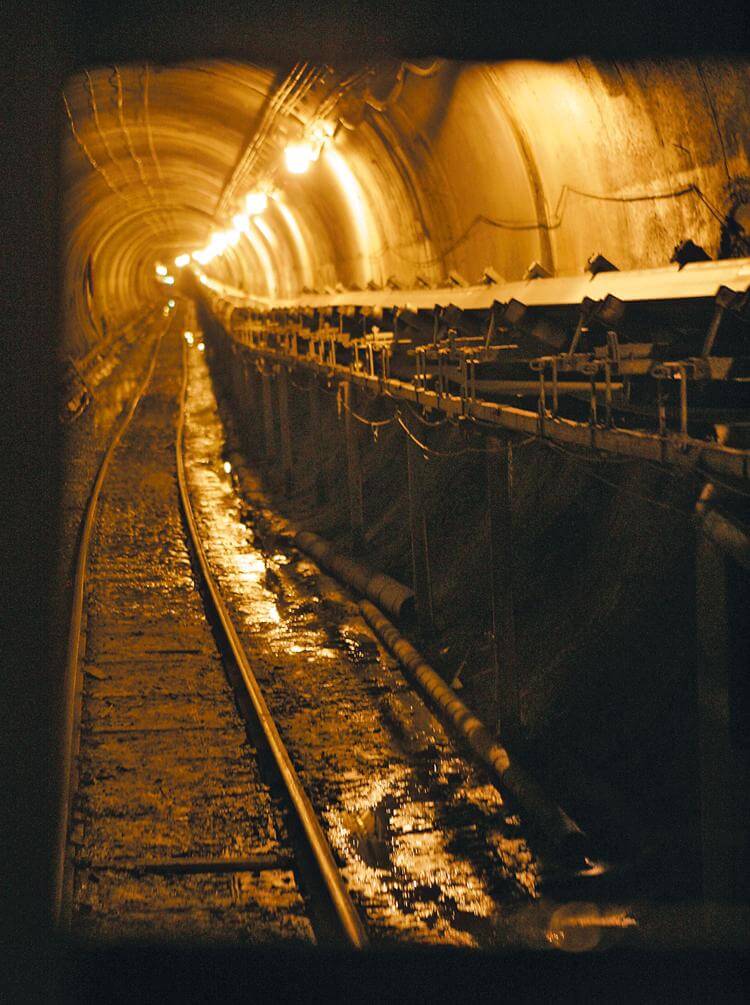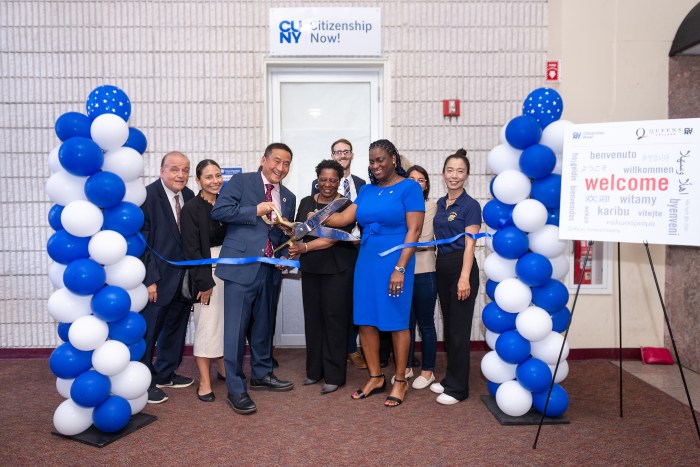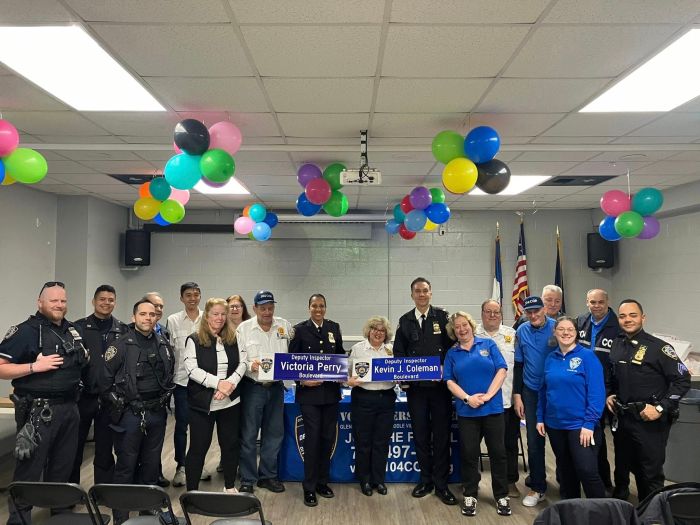By Christina Santucci
About 150 feet under the bustling streets of Park Avenue, a tunnel-boring machine has completed the first of eight planned tunnel sections connecting an existing tunnel under the East River with Grand Central Terminal in preparation for the arrival of Long Island Rail Road trains.
To tout the progress of the 1.75-mile dig, city transportation officials gave a tour of the tunnel to reporters and photographers last Thursday and spoke about the $7.2 billion plan to bring Long Island Rail Road service to the East Side. The East Side Access project is expected to be completed in 2015.
The Metropolitan Transportation Authority still has a long way to go. In addition to the other seven tunnels, some of which will be shorter, crews must also dig tail tracks, build a terminal deep under Grand Central and lay train tracks.
People taking the tour were warned during a 15-minute safety hearing that on occasion the power goes out, pitching the tunnel into complete darkness, but the electricity usually returns within a few minutes. They then descended down 19 flights of concrete stairs outfitted with banisters from 63rd Street and Second Avenue to the dimly lit tunnel.
The tunnel has a two-car tram to transport workers from one end to the other. Otherwise the workers, mostly Sandhogs from Local 147, might have to walk the stretch, which in some places is filled with ankle-deep muck, to Grand Central.
All of the work must also be completed within a workspace 19 stories beneath the blacktop and approximately 22 feet in diameter.
To complete the first tunnel to Grand Central, the SELI tunnel boring machine started in October 2007, and now that it has reached Grand Central, the so-called TBM will back up to the starting point to bore another parallel tunnel under the rock.
The second TBM, a 925-ton Robbins tool that has also been digging a tunnel from 63rd Street and Second Avenue to Grand Central and started a bit later than its counterpart, has so far reached 48th Street and Park Avenue.
To disrupt city life above, the rock removed is transported on a four-mile-long conveyor belt through the existing tunnel under the East River to Long Island City, where it is then trucked to landfills or used to fill patches in roadways.
Once completed, Queens commuters headed to offices on the East Side of Manhattan would be able to hop on the LIRR.
See more of Christina Santucci's photos in the Photo Gallery.

































